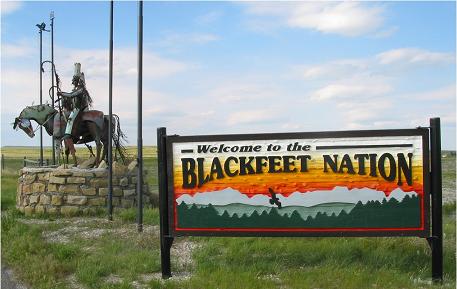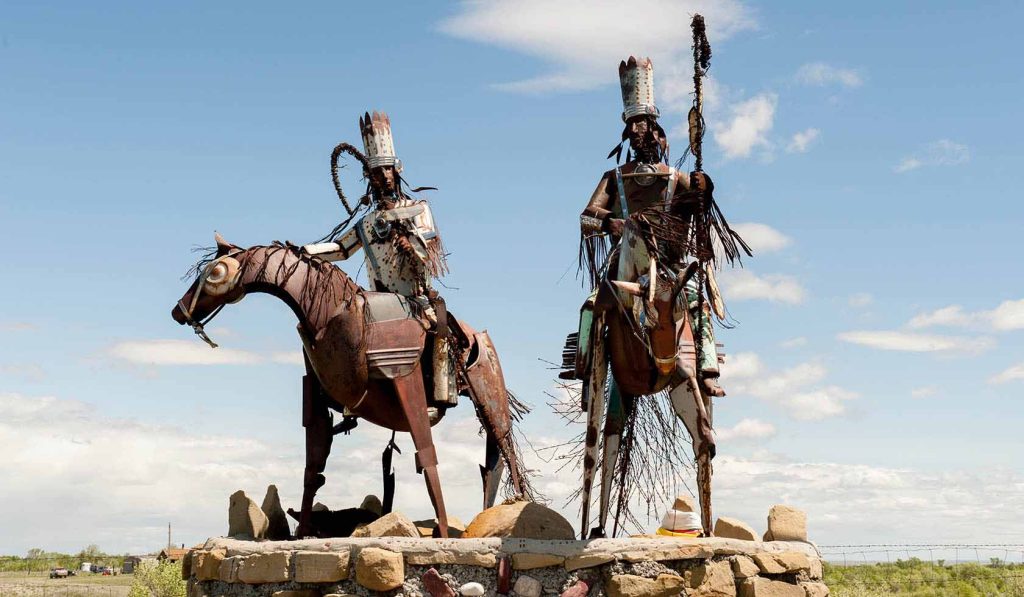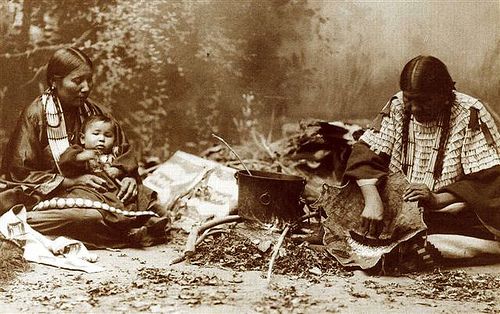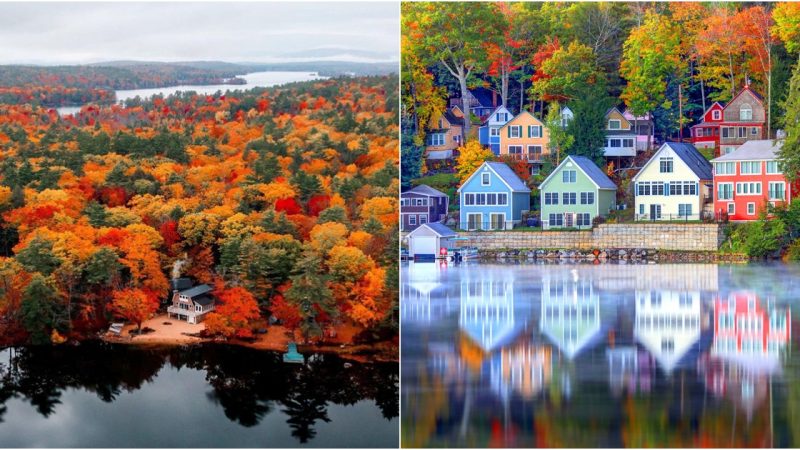Blackfoot Nation: The Piegan Blackfeet, Pikuni in Blackfoot, are a tribe of Native Americans, many of whom currently live in the Blackfeet Nation, in northwestern Montana with population centered in Browning.
Blackfoot Nation, also known as the Piegan Blackfeet or Pikuni in Blackfoot, is a tribe of Native Americans predominantly residing in the Blackfeet Nation, located in northwestern Montana with the population centered in Browning. Additionally, several closely related tribes, namely the Kainah (Blood), Northern Peigan, and Siksika (Northern Blackfoot), reside in Alberta, Canada, and are sometimes collectively referred to as Blackfoot.
The Blackfoot people have a rich history and cultural heritage. They originally lived in an area west of the Great Lakes, as evidenced by the connections between the Blackfoot language and other languages within the Algonquian language family. While they practiced some agriculture, they were primarily nomadic. Their westward migration in the early 1800s was influenced by the introduction of horses and guns, which allowed them to become part of the Plains Indians culture.
The Blackfoot population has fluctuated over time due to various factors such as disease, starvation, and war. In 1900, an estimated 20,000 Blackfoot individuals existed, whereas today, the population stands at approximately 25,000. The Blackfoot held extensive territories in Alberta and Montana. Presently, the Blackfeet Reservation in Montana is about the size of Delaware, while the three reservations in Alberta have smaller areas.
The Blackfoot Confederacy comprises four tribes: the North Peigan (Aapatohsipiikanii), the South Peigan (Aamsskaapipiikanii), the Blood (Kainah), and the Siksika tribe (also known as “Blackfoot”) or, more accurately, Siksikawa (“Blackfoot people”). Three of these tribes are located in Alberta, Canada, while the South Peigan tribe is located in Montana. Collectively, they referred to themselves as the Niitsitapii, meaning the “Real People.” These groups shared a common language, culture, and engaged in mutual defense treaties and intermarriage.
The Blackfoot were known for their fierce independence and exceptional warrior skills. Their territory spanned from the North Saskatchewan River in what is now Edmonton, Alberta, Canada, to the Missouri River in Montana. Their social structure was based on bands, which were larger than families and consisted of approximately 10 to 30 lodges housing around 80 to 240 people. Bands provided defense against attacks and allowed for communal hunts while maintaining flexibility. Leadership disputes could be resolved by individuals freely leaving one band and joining another. Bands could also dissolve or merge depending on the circumstances, making the organization well-suited for a hunting society on the Northwestern Plains. Warrior societies played a significant role in large tribal gatherings during the summer, with membership based on acts of bravery.
The Blackfoot people were nomadic, following the buffalo herds for survival. During the long northern winter, they lived in winter camps along wooded river valleys, not moving unless resources became depleted. In spring, when the buffalo migrated to the grasslands for fresh growth, the Blackfoot followed suit, hunting and gathering resources. Mid-summer was marked by the Sun Dance, a major tribal ceremony that brought the entire tribe together, reinforcing social bonds. The fall season involved communal buffalo hunts and the preparation of resources for the winter months.
The traditional Blackfoot way of life centered around hunting buffalo, but the near extinction of the bison by 1881 necessitated adaptation to the arrival of Europeans. In 1877, the Canadian Blackfoot signed Treaty 7 and settled on reserves in southern Alberta, leading to a period of struggle and economic hardship as they adjusted to a new way of life and encountered unfamiliar diseases. Over time, they established a viable economy based on farming, ranching, and light industry. Their population has since increased to approximately
Hits: 8








